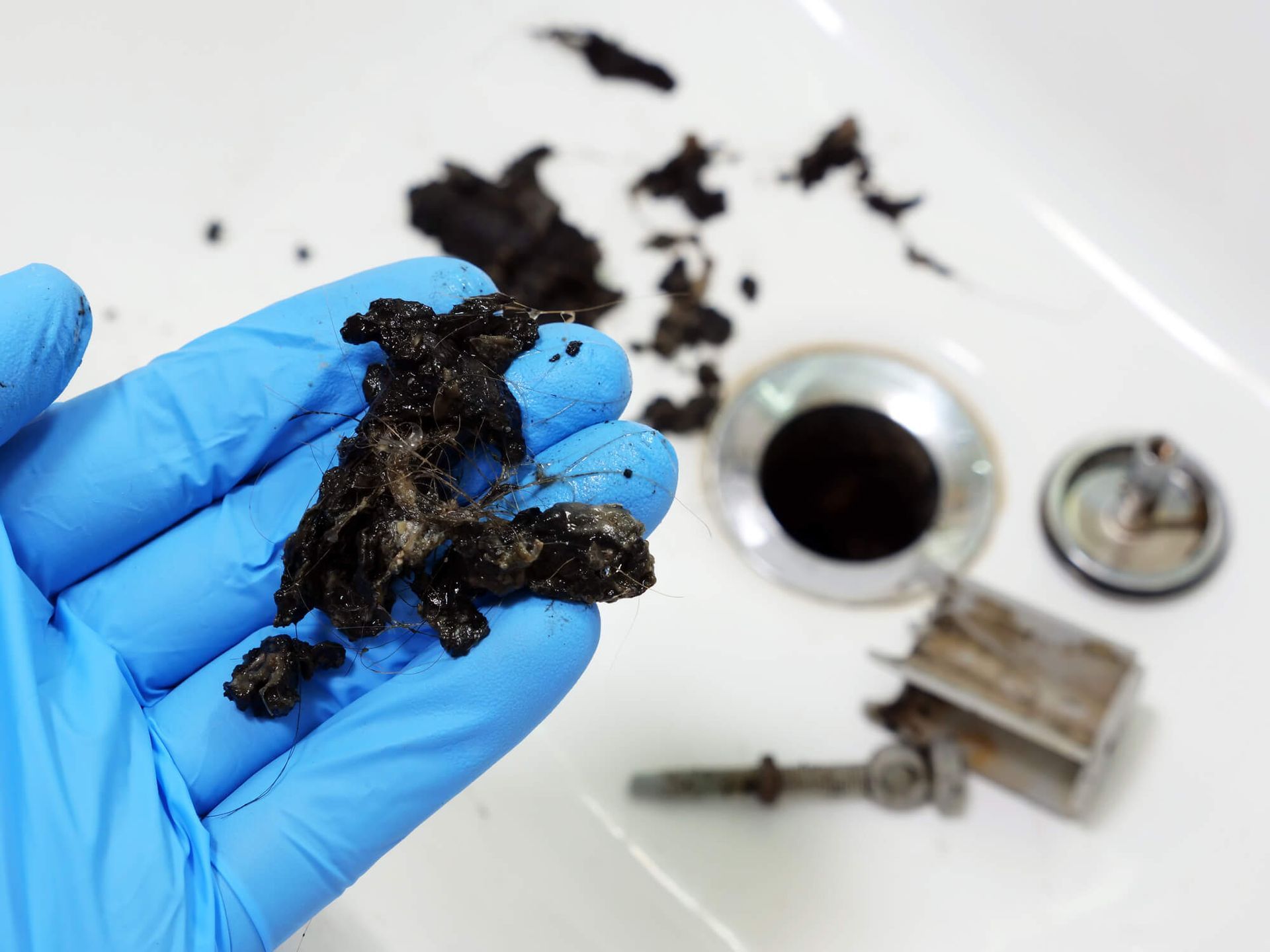What You Can Do About A Gurgling Noise In Your Sink
We’ve all heard it—the mysterious gurgling noise coming from the sink. It’s more than just an annoyance; it could be a sign of underlying plumbing issues. Ignoring these sounds can lead to bigger problems down the road. In this guide, we’ll explore the common causes of gurgling sinks and provide you with practical solutions to silence those unsettling noises. So, let’s dive in and figure out what’s causing your sink to gurgle and how you can fix it.
How to Stop a Sink from Gurgling
When you hear a gurgling sound from your sink, the first step is to act quickly. Often, the issue can be resolved with simple fixes like using a plunger or a drain cleaner to remove any immediate blockages. For a long-term solution, ensure your pipes and vent stack are free from obstructions and that your plumbing system is well-maintained. Regular cleaning and inspections can help prevent gurgling noises from recurring.
What Might Cause a Gurgling Sound When Draining Water Out of a Sink?
A gurgling sound when draining water usually indicates air trapped in the pipes, often caused by clogs or blockages. This air can create pressure differences, leading to the distinctive gurgling noise. Improper venting is another common culprit, where the vent stack is blocked or damaged, preventing air from flowing smoothly through the system.
Why Do My Pipes Make a Gurgling Sound?
Pipes make a gurgling sound primarily due to issues with venting. The vent stack allows air to enter the plumbing system, balancing the pressure and ensuring smooth drainage. When this vent is blocked or damaged, it disrupts the airflow, causing water to drain slowly and creating gurgling sounds. Understanding this relationship between water flow and air pressure is crucial to diagnosing and fixing the issue.
How Do You Diagnose a Gurgling Sink?
Diagnosing a gurgling sink involves identifying the source of the noise. Start by checking for visible clogs and using household tools like plungers and drain cleaners. If the problem persists, inspect the vent stack for blockages or damage. Use plumbing snakes or professional tools for a thorough check. If you’re unable to diagnose or fix the problem, consider calling a professional plumber to ensure your plumbing system is in good working order.

Tips for Diagnosing and Fixing a Gurgling Sink
Use a Plunger: Start with a plunger to dislodge any minor clogs in the sink drain. This simple tool can often resolve the issue quickly.
Try a Drain Cleaner: For tougher clogs, use a chemical or enzyme-based drain cleaner. Follow the instructions carefully to avoid damaging your pipes.
Inspect the Vent Stack: Check the vent stack on your roof for any obstructions such as leaves, nests, or debris. A clear vent stack is essential for proper drainage and preventing gurgling noises.
Use a Plumbing Snake: If the clog is deeper in the pipes, a plumbing snake can help break up and remove blockages that are causing the gurgling sound.
Check the P-Trap: Remove and clean the P-trap under your sink. This curved section of pipe can collect debris over time, leading to blockages and gurgling noises.
Ensure Proper Venting: Verify that all vents in your plumbing system are clear and functioning properly. Poor venting can disrupt air flow and cause gurgling.
Call a Professional: If you’re unable to diagnose or fix the problem, consider calling a professional plumber. They have the tools and expertise to handle complex plumbing issues.
Regular Maintenance: Keep your plumbing system in good condition with regular maintenance. Clean your drains monthly and avoid pouring grease and food particles down the sink.
Use Drain Guards: Install drain guards to catch debris before it enters your pipes. This can help prevent clogs and reduce the risk of gurgling noises.
Monitor for Recurring Issues: Pay attention to any recurring gurgling sounds. Persistent issues may indicate a more serious problem that requires professional attention.
Clearing Clogs and Blockages
Clogs and blockages are the most common reasons for a gurgling sink. Use a plunger to dislodge minor clogs or a drain cleaner for tougher ones. For deeper blockages, a plumbing snake can be effective in clearing the pipes. To prevent future clogs, avoid pouring grease, food particles, and other debris down the drain, and consider installing a drain guard.
Checking and Fixing the Vent Stack
A properly functioning vent stack is crucial for preventing gurgling noises. Inspect the vent stack regularly for blockages such as leaves, bird nests, or other debris. If you find any blockages, carefully remove them. If the vent stack is damaged, it’s best to call a professional to repair or replace it. Ensuring your vent stack is clear will help maintain proper air flow and pressure in your plumbing system.
Maintaining Your Plumbing System
Regular maintenance is key to keeping your plumbing system running smoothly. Schedule routine inspections to catch any potential issues early. Clean your drains regularly and use enzyme-based cleaners to keep them free from buildup. By taking these preventive measures, you can avoid the hassle of gurgling sinks and other plumbing problems.
Conclusion
Addressing a gurgling sink promptly can save you from more serious plumbing issues down the line. By understanding the causes and following the steps to diagnose and fix the problem, you can ensure your plumbing system operates quietly and efficiently. Regular maintenance and timely repairs are essential for a healthy, functional home plumbing system. So, don’t let those gurgling noises go unchecked—take action today and enjoy a peaceful, well-maintained sink.







